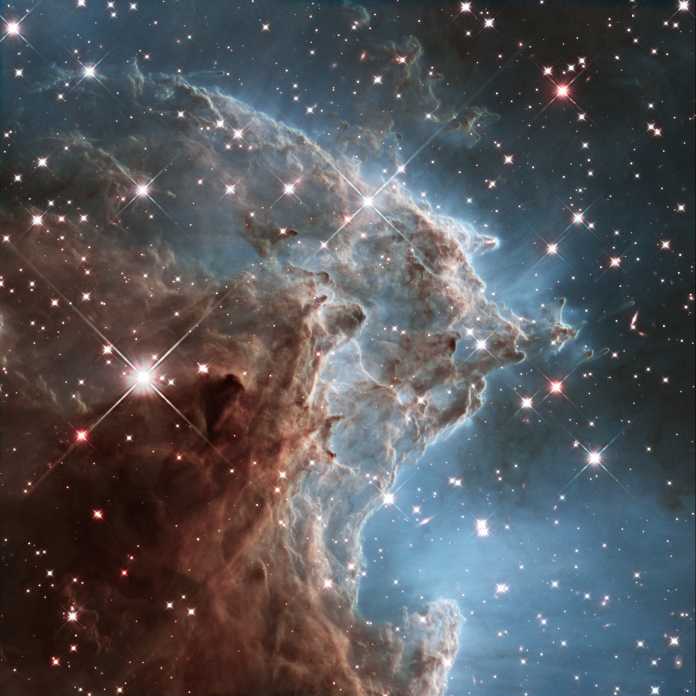Astronomers and space engineers all over the world have been working and excited for this day for decades: Tomorrow, Saturday (December 25), the James Webb Space Telescope (JWST) should really take off into space after numerous shifts – and that is what it is all about not just another space telescope, but the undisputed star of the fleet, as NASA manager Jane Rigby says. “Webb has such transformative abilities that I assume it will mark a new era – there will be a time before and a time after.”
NASA and ESA each broadcast the start of the telescope in live streams:
The ESA live stream will be online at the start on the YouTube channel of the European space agency. According to ESA, the start date of the telescope is currently (on December 24th) confirmed for December 25th, the start window opens at 1:20 p.m.
A long way
The JWST is a roughly 10 billion dollar cooperation between the space agencies of the USA, Canada and Europe and, when it is launched from the Kourou spaceport in French Guiana, is set to become the largest and most powerful telescope ever to be launched into space. It will be the successor to the Hubble telescope, which has been in use for more than 30 years, will fly 1.5 million kilometers into space and, among other things, use a 25-square-meter mirror to deliver new images from the early universe. The telescope is supposed to observe the first galaxies formed after the Big Bang.
However, the previous path of the gigantic telescope was so long and rocky that the specialist magazine Nature already writes about the “most expensive astronomical risk in history”. The idea of such a telescope first came up at the end of the 1980s, and planning and construction has been going on ever since. Again and again minor mishaps happened, planning was delayed, the costs originally estimated at around 500 million dollars soared. The JWST was originally supposed to start in 2007 – but the start was always postponed.
There is also a controversy over the name, which goes back to the second director in the history of NASA. Webb was head of NASA in the 1960s – at times when the agency sent the first humans into space, but also at times when an employee was fired on suspicion that he might be gay. Numerous scientists have already called for a renaming, but the current Nasa boss Bill Nelson has so far refused. “At the moment we have not found any indications that make a name change necessary.”
The universe after the big bang
Many scientists hope that a successful start will finally put all these controversies in the background – and clear the way for unprecedented research opportunities. They hope to look back to the early days of space after the Big Bang 13.8 billion years ago: to images of stars that are older than our solar system and perhaps no longer exist – and possibly even to evidence of a second earth.
After taking off on board an Ariane launcher, the way to the target orbit should take around four weeks, and it takes months to cool down and unfold the huge mirror and a sun protection system the size of a tennis court using around 130 individual mechanisms. It will probably take about seven months for the first examinations to be carried out, the first pictures are expected in summer at the earliest. While Hubble works in the optical and ultraviolet range, James Webb investigates in the near-infrared. Astrophysicist John Mather once said that the telescope could even “track down a bee on the moon from Earth”.

The lifespan of “James Webb” is initially set for ten years, then he’ll run out of fuel, so to speak. The fact that the telescope flies so far also harbors a risk: While “Hubble” was repaired and serviced several times with shuttle flights at an altitude of 500 kilometers, the “James Webb Space Telescope” no longer works at a distance of 1.5 million kilometers .
But now the excitement at the start predominates, says astronomer Heidi Hammel, who has been working on the development of the telescope for decades. “There are not many things in life where you stand on the threshold of something that big. There are a lot of emotions involved.”

(Image: ESA / Hubble)
(jk)
